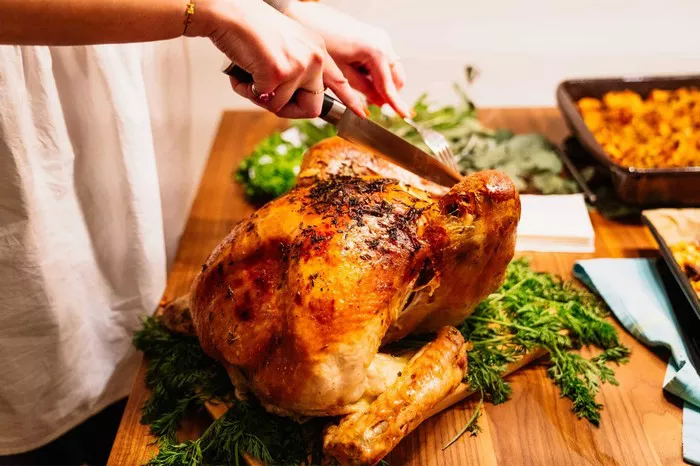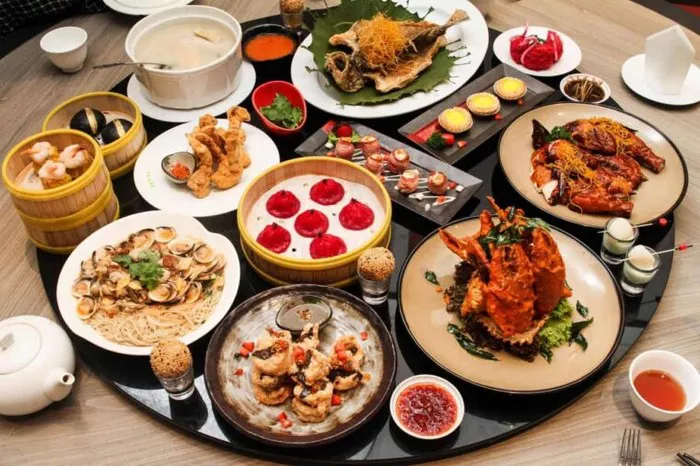Easter is a time of joy, celebration, and the beginning of spring. Families and friends come together to commemorate this special holiday, and one of the central aspects of Easter is the traditional dinner that takes place. Across different cultures and regions, Easter dinners vary in their culinary delights, but they all share common themes of abundance, symbolism, and the celebration of new life. In this article, we will explore the elements that typically make up a traditional Easter dinner, from appetizers to desserts, and the significance behind each dish.
1. Appetizers: Welcoming the Feast
Easter dinner often begins with a selection of appetizers that tantalize the taste buds and set the tone for the rest of the meal. These appetizers can vary based on regional preferences, but some popular choices include:
Deviled Eggs: Hard-boiled eggs are halved, and their yolks are mixed with mayonnaise, mustard, and seasonings before being piped back into the egg whites. They symbolize fertility and new life.
Hot Cross Buns: Sweet, spiced buns adorned with a cross on top, representing the crucifixion of Jesus. These buns have a long history dating back to ancient times.
Smoked Salmon: A luxurious choice that represents abundance and is often served on a platter with various accompaniments.
Stuffed Mushrooms: Mushroom caps filled with a mixture of breadcrumbs, herbs, and cheese, representing the earth’s bounty.
2. Main Course: The Star of the Show
The centerpiece of the Easter dinner is the main course, usually featuring a succulent roast or a flavorful entrée. Some traditional main course options include:
Roast Lamb: Perhaps the most iconic Easter dish, lamb symbolizes sacrifice and is a nod to Jesus, often referred to as the “Lamb of God.”
Baked Ham: A popular choice in many Western countries, ham is a symbol of abundance and celebration.
Roast Chicken: A versatile and delicious option, chicken represents the renewal of life and is a popular alternative to lamb or ham.
3. Side Dishes: A Bounty of Flavors
No Easter dinner is complete without an array of delectable side dishes that complement the main course. These sides add color, texture, and a range of flavors to the feast. Common side dishes include:
Potato Gratin: Sliced potatoes baked in cream and cheese, creating a comforting and indulgent dish.
Honey-Glazed Carrots: Carrots roasted with honey and butter, adding sweetness and vibrant color to the table.
Asparagus with Hollandaise Sauce: Tender asparagus spears served with rich and creamy Hollandaise sauce.
Scalloped Corn: A casserole made with corn, eggs, and cream, often seen on Easter tables in some regions.
4. Salads: Freshness and Balance
To balance out the richness of the main course and side dishes, salads play an essential role in a traditional Easter dinner. These refreshing and light options often incorporate seasonal ingredients. Popular Easter salads include:
Spring Green Salad: A medley of fresh spring greens, cherry tomatoes, cucumbers, and a light vinaigrette dressing.
Waldorf Salad: A classic salad featuring apples, celery, walnuts, and grapes in a creamy dressing.
Beetroot and Goat Cheese Salad: Roasted beetroots combined with creamy goat cheese, greens, and a balsamic glaze.
5. Bread: A Symbol of Life
Bread holds cultural significance in many traditions and is often an integral part of Easter dinner. Some bread choices include:
Easter Paska: A sweet, rich, and decorative bread often enjoyed in Eastern European countries during Easter.
Italian Easter Bread: A braided bread with colored eggs baked into the loaf, symbolizing new life and rebirth.
6. Desserts: Sweet Conclusions
Easter desserts are a delightful way to end the feast on a high note, and they often feature symbolic elements and flavors associated with the season. Some popular Easter desserts include:
Easter Eggs: Chocolate eggs wrapped in colorful foil or elaborately decorated eggs made of sugar, representing fertility and rebirth.
Simnel Cake: A fruitcake with marzipan layers, topped with toasted marzipan balls representing the apostles (minus Judas).
Pastiera: A traditional Italian cake made with ricotta cheese and wheat berries, symbolizing the resurrection.
Carrot Cake: A moist and flavorful cake with cream cheese frosting, incorporating carrots as a nod to the Easter bunny.
7. Beverages: Raising a Toast
Throughout the Easter dinner, various beverages accompany the meal and add to the festive atmosphere. Some common Easter beverages include:
Wine: Red or white wine pairs well with the rich flavors of the main course and complements the celebration.
Easter Punch: A non-alcoholic option, Easter punch can be made with fruit juices, ginger ale, and fresh fruit.
8. Easter Eggs: A Time-Honored Tradition
Easter eggs are an integral part of the holiday, and they extend beyond the edible chocolate eggs found in Easter baskets. Decorated eggs hold deep symbolism across cultures and have been used in various Easter traditions for centuries.
9. The Significance of the Easter Feast
The Easter dinner is not just a culinary event but a significant symbol of the holiday’s themes of resurrection, renewal, and hope. Many of the dishes featured in the Easter feast carry deep symbolic meaning, making the dinner an opportunity for reflection and gratitude. By sharing a meal together, families and communities strengthen their bonds and create cherished memories.
Conclusion
The traditional Easter dinner is a culinary journey through history, culture, and spirituality. From the appetizers that welcome guests to the desserts that conclude the feast, each dish carries its unique significance. It is a time to celebrate abundance, new life, and the joy of coming together with loved ones. Whether it’s the roasted lamb, the hot cross buns, or the decorated Easter eggs, each element of the Easter dinner adds to the festive and meaningful experience of the holiday. As we gather around the table on Easter, we not only savor the delicious food but also embrace the age-old traditions that connect us to generations past and future.






















